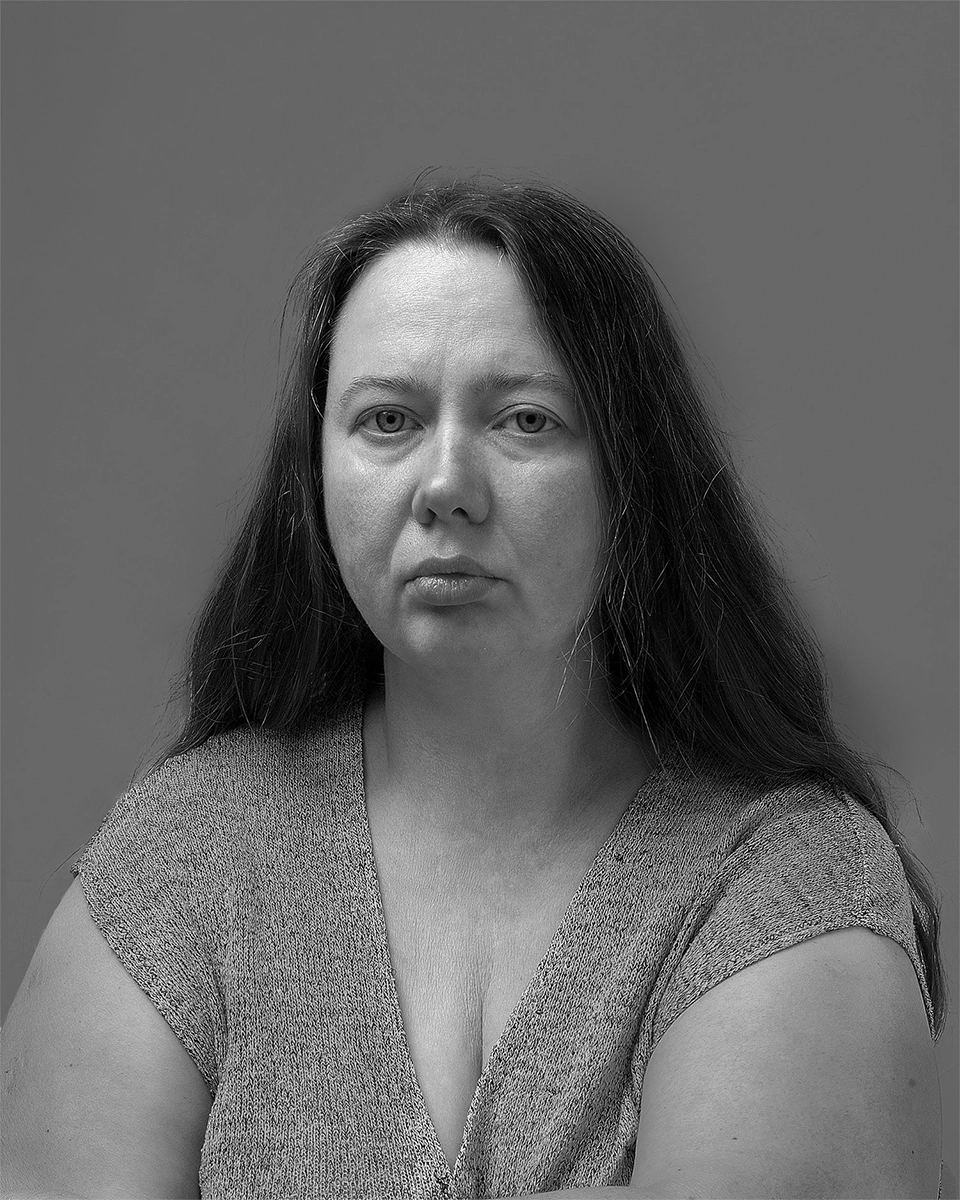Inna Piskun, born in 1974 and residing in the city of Dniepr, has pursued a unique journey that blends practical skills with artistic passions. She holds two degrees: one in economic cybernetics and another in landscape design. Despite her professional background, Inna has always yearned to express herself through art. Her creative journey was often interrupted by challenging periods, sometimes due to external circumstances, and other times to personal circumstances. Life required practical endeavors, but her desire to engage in art never faded.
It wasn’t until she was 35 that Inna began her foray into photography. Equipped with an old Canon 5D, a Hasselblad 501, and a Polaroid SX-70, she captures moments through both digital and analog formats. At home, she has created a small studio space, just 16 square meters, where most of her photographic work takes place. Her subjects are often her friends and family, with her daughter frequently stepping in as a model.
Through her photography, Inna Piskun has developed a distinctive style, characterized by intimate and thoughtful portraits. Despite the small scale of her studio and equipment, her work reflects an authentic connection to her subjects, exploring the subtleties of human emotion and the beauty of everyday life. Photography has become a profound outlet for her, allowing her to engage in the art she had long aspired to create.
Statement:
I am taking a series of portraits of people who have not left since the very beginning of the war. They understand that being with the Motherland in difficult times is real patriotism.
Awarded Photographer of the Week - Week 40
